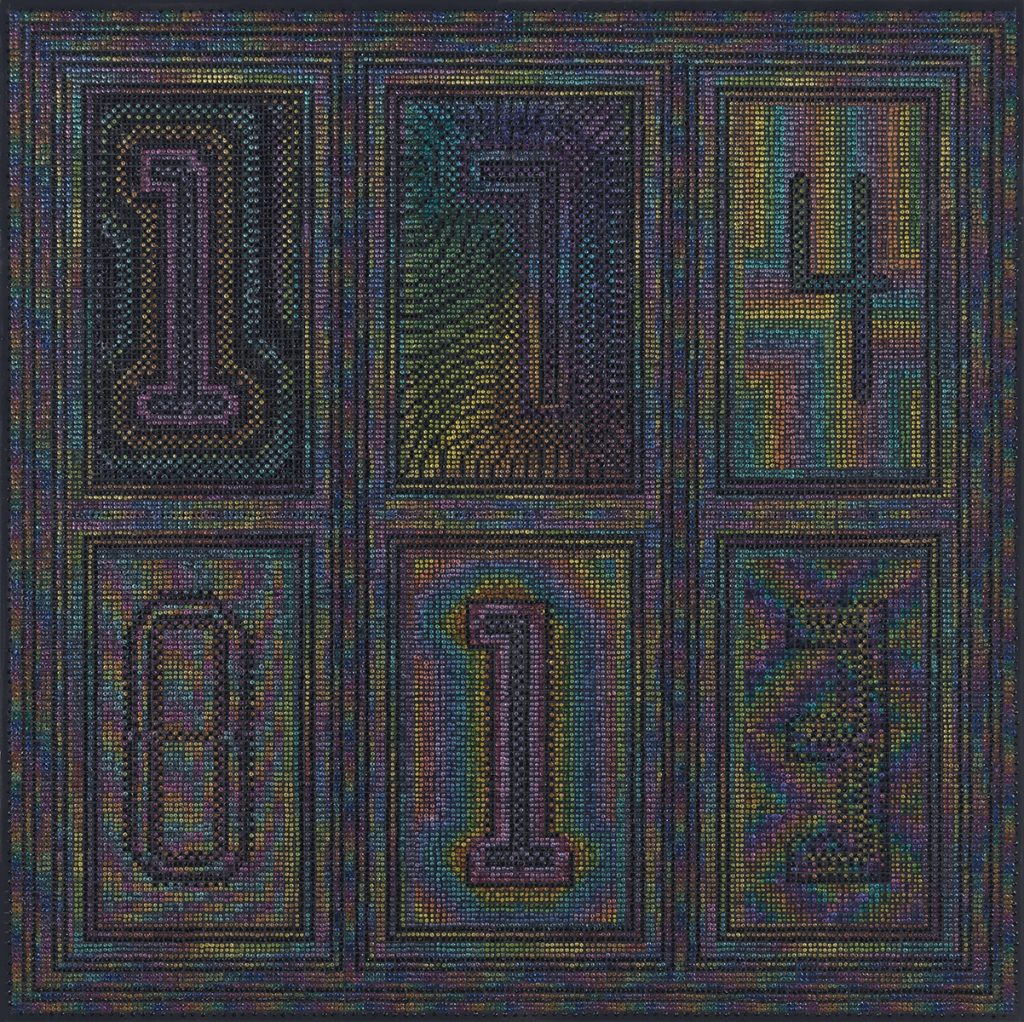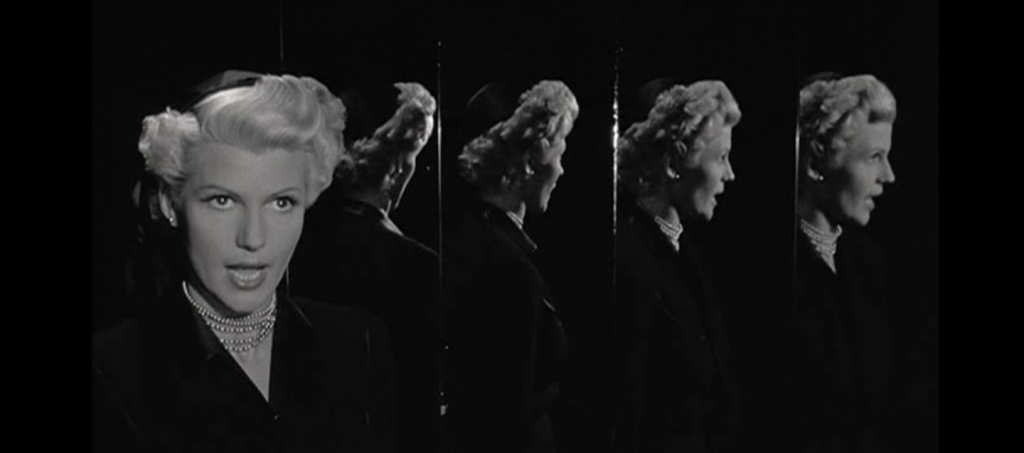I've just finished a new manuscript on, among other things, the theme of multiplicity within computational media. Part of my interest is to show how such computational multiplicity is evident in unexpected places and times. So, for instance, I have a section on multiplicity in photography, not so much through photographic images (a common anxiety voiced by historians and critics) but through photographic lenses, leading to a multiplication of point of view. I also write about weaving, specifically how textiles are built up through strands iterating lengthwise and widthwise, the warp and weft of yarn in two dimensions mimicking the sets and arrays of mathematical formulae (and vice versa). And there's also a section on how multiplicity becomes visible in the first pixels rendered on a computer display.

The multiple has long been a topic of concern. Anxieties about copies and originals go back to Plato at least. And the modern period has its own relation to repetition and duplication: the serial novel, the multiple in art, the film strip, Walter Benjamin on reproduction, the post-structuralists on repetition. "Multiplicity" was already a buzzword in '90s cyber culture. Harold Ramis even made a film about it in 1996. (It bombed.)
Here one might distinguish between "formal" and "real" multiplicity (to adopt the Marxist argot). Things may be formally multiple, in that they may be duplicated or copied without much altering the integrity of the original, anxieties about the uncanny notwithstanding. Yet the sort of multiple relevant in digital computation is real multiplicity, that is, the always already digital materiality of the monad, the set, the array, the molecule, the cell, the crystal. For Euclid, arithmetical numbers were called plêthos [πλῆθος], typically translated as "multiple," although the nearest English cognate is "plethora."* Numbers, for Euclid, were real multiples: nothing more than the rote repetition of a basic unit. Digital computation thrives in such conditions of real multiplicity.


Yet other thinkers are attracted to the multiple not for its arithmetical regularity, but in precisely the opposite sense, as a way to deviate from homogeneity and consistency. The work of Deleuze and Guattari is exemplary in this regard. "Becoming-wolf, becoming-inhuman, deterritorialized intensities," Deleuze and Guattari wrote in A Thousand Plateaus, "that is what multiplicity is" (32). For them, multiplicity furnished a deviation away from territory, away from the human, away from the Freudian ego, away from all manner of deterministic repetition.
A similar promise resides in the adjacent term "multitude," an old concept reinvigorated by Michael Hardt and Antonio Negri in a series of books including Empire published in 2000. The multitude is a “living alternative that grows within Empire,” explained Hardt and Negri in Multitude (xiii). Composed of singularities, the multitude is not a simple array or regular grid, but rather “an open and expansive network” (99, xiii-xiv).
This reveals a basic tension. In its tessellations and permutations, the multiple seems to promise difference and variety. At the same time, the multiple entails repetition, and thus always refers back to some elemental sameness. So does the multiple entail the blank repetition of habit?** Does it mean cloning? Or does the multiple disrupt and enliven, opening up new lines of flight, new modes of experience? Multiplicity, it seems, is rife with contradiction.


* Euclid defined arithmetical numbers in Elements book 7, definitions 1 and 2.
** On habit and brain science, see Catherine Malabou, Morphing Intelligence. On habit and digital media see Wendy Hui Kyong Chun, Updating to Remain the Same.